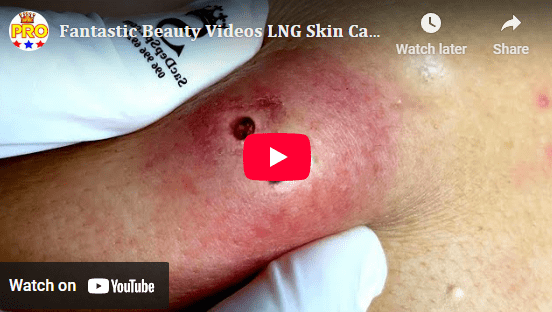Fake Honey Is Taking Over Store Shelves — Here’s How to Tell What’s Genuine
The product you find on store shelves falls short of the natural honey standard.
Fake Honey Is Flooding the Market — Here’s How to Spot the Real Deal
In recent years, counterfeit honey has increasingly infiltrated the European market — and the findings are concerning. A recent investigation by the Active Consumers organization revealed that half of the 10 honey brands tested failed to meet even the most basic quality standards. These include:
- Water content: Must be below 20%
- Electrical conductivity: Should not exceed 0.8 mS/cm
- Hydroxymethylfurfural (HMF): Max 40 mg/kg
- Diastase activity: Minimum of 8 Gote units
- Proline content: At least 180 mg/kg
How Is Honey Being Adulterated?
There are two common methods of faking honey:
- Diluting with glucose-fructose syrup – This increases volume and cuts production costs.
- Premature harvesting – Removing honey from the hive before it’s ready boosts output but results in higher water content and reduced quality.
Can You Detect Fake Honey at Home?
We scoured the internet for popular DIY honey tests — here’s what they claim, and what the reality actually is:
1. The Napkin Test
Claim: Real honey stays put, while fake honey spreads and creates a wet ring.
Reality: Partially true. It can hint at water content, but certain natural honeys (like acacia) may still spread. Not a reliable solo test.
2. The Hexagon Shape Test
Claim: Real honey forms hexagons when shaken under water.
Reality: False. There’s no scientific backing. Honey will sink and dissolve slowly regardless of quality.
3. Ants Avoid Pure Honey
Claim: Ants won’t go near real honey.
Reality: Incorrect. Ants are drawn to sugar — and honey, real or not, is full of it. Bees don’t produce any ant-repelling substances.
4. Density and Dissolution
Claim: Authentic honey is thick, dissolves slowly, and shows a slow-moving air bubble when flipped.
Reality: Sometimes true. These signs can suggest lower water content, but consistency varies between honey types.
The Bottom Line
Unfortunately, no home method can definitively confirm if your honey is pure. That’s why honey ranks among the top three most commonly adulterated foods, alongside milk and olive oil. Imitations are becoming increasingly sophisticated — many look, feel, and even taste like the real thing.
The only way to know for sure? Laboratory testing.
